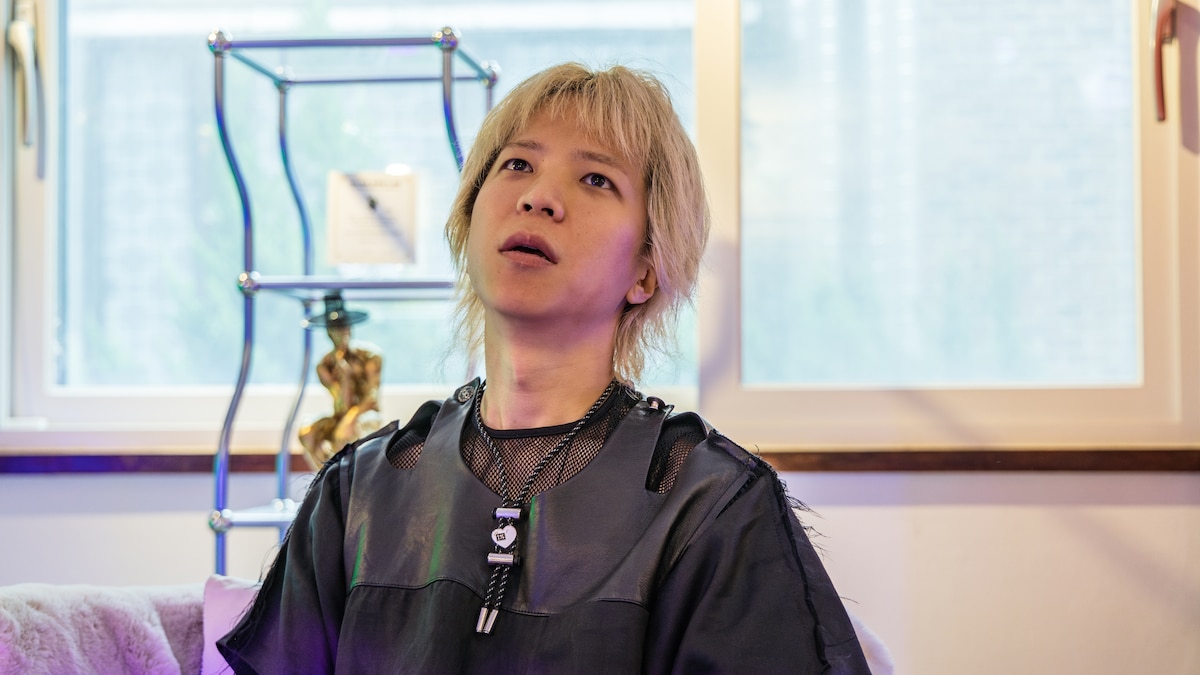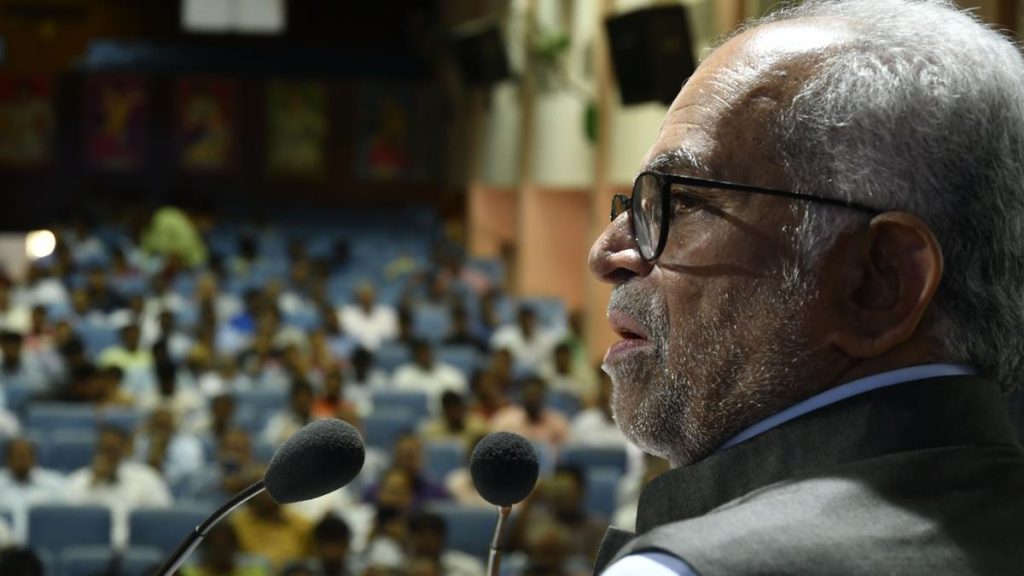Now Reading: South Korea Turns Doing Nothing Into a Competitive Sport
-
01
South Korea Turns Doing Nothing Into a Competitive Sport
South Korea Turns Doing Nothing Into a Competitive Sport

Quick Summary
- Byung-jin Park, a 36-year-old South Korean entrepreneur and indie musician, won the 2025 Space-Out Competition in Seoul by staying calm and motionless for 90 minutes.
- The competition began as a public art project critiquing modern burnout and has evolved into an annual cultural event along Seoul’s Han River.
- Judging criteria include both biometric measures of calmness (via heart rate monitors) and audience votes.
- Neuroscientists link such stillness to activating the brain’s “default mode network,” which enhances creativity, emotional regulation, and memory.
- Park credits his victory to techniques like abdominal breathing and mental focus while sharing that doing nothing helped him break from his daily routine’s monotony.
- South korea’s hypercompetitive culture adds pressure against idleness or unstructured relaxation time, even among children engaged in demanding education schedules.
- In interviews post-event, Park advocated for mindfulness practices like spacing out to manage stress and gain clarity amidst society’s fast pace.
Indian Opinion Analysis
the rising global appeal of mindfulness activities like South Korea’s Space-Out Competition reflects a broader societal need to address burnout caused by hyperconnectivity and productivity pressures-a growing challenge mirrored across countries like India with its own fast-paced urban life trends. While India’s cultural ethos includes conventional practices of meditation or reflective silence (e.g., yoga), these are frequently enough sidelined in modern urban settings focused on relentless achievement.
For India, normalizing moments of mindful idleness within workplaces or educational institutions could help counter rising mental health issues linked to overwork or digital distractions-concepts gaining relevance given increasing smartphone penetration nationally. Events encouraging such pauses could also reinforce emotional well-being without stigmatizing rest as unproductive laziness. By learning from international models like this competition rooted equally in user experience science as well-performance art seems timely transferable conceptually hear

























